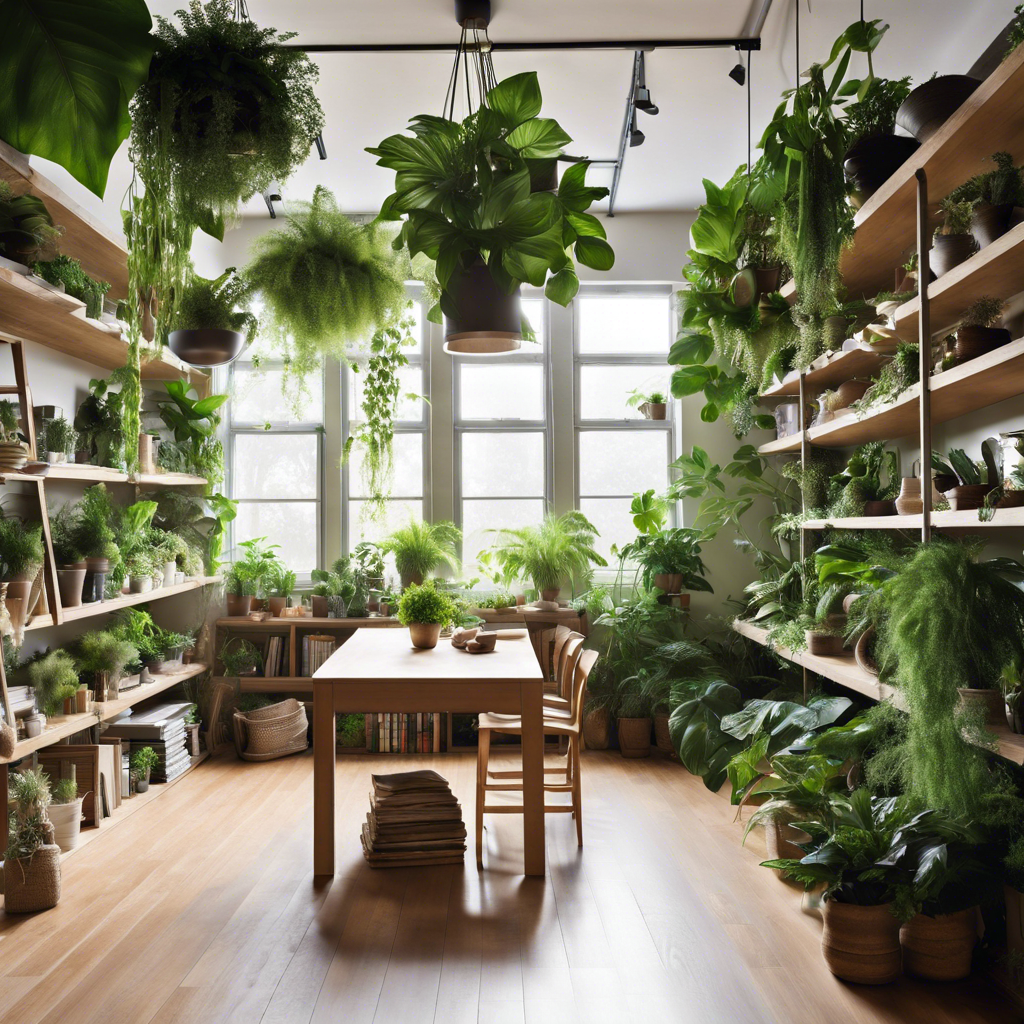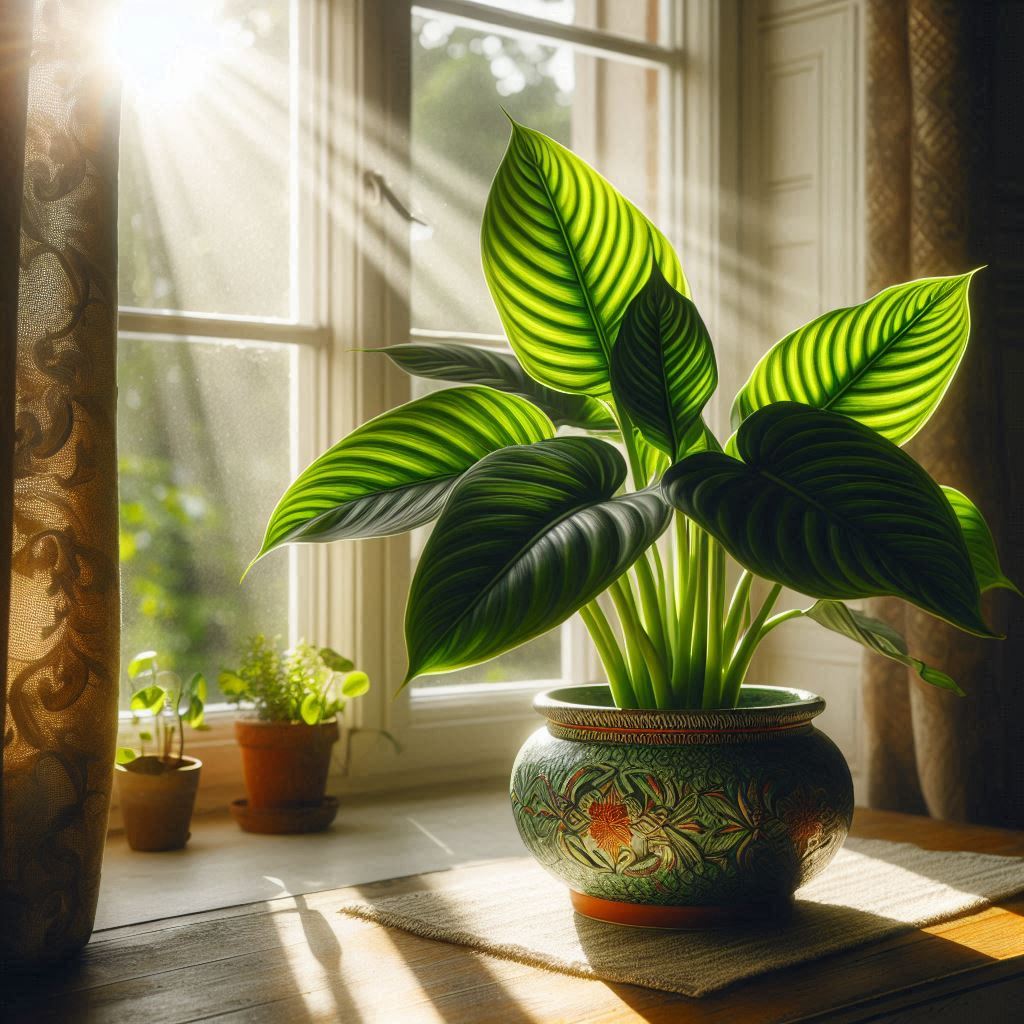
Indoor plants
Prayer Plant (Maranta leuconeura) – The Ultimate Guide to Growing and Caring for This Unique Indoor Plant


DINKAR
10/22/2024
Introduction
Indoor gardening has gained immense popularity, and among the many houseplants that have captivated plant enthusiasts, the Prayer Plant stands out for its unique foliage and fascinating behavior. Known scientifically as Maranta leuconeura, the Prayer Plant is adored for its vibrant leaves and the remarkable way they fold up at night, resembling hands in prayer.
In this comprehensive guide, we will explore everything you need to know about the Prayer Plant, including its characteristics, care tips, propagation methods, and benefits of having it indoors. Whether you’re a beginner or an experienced plant parent, this blog will equip you with the knowledge to cultivate a thriving Prayer Plant in your home.
1. What is a Prayer Plant?
The Prayer Plant, or Maranta leuconeura, belongs to the Marantaceae family, which is native to the tropical rainforests of Brazil. It is a low-growing perennial plant known for its strikingly patterned leaves and unique leaf movement. The plant is commonly recognized for its beautiful oval-shaped leaves, which display a rich green color adorned with dark green veins and reddish-purple markings.
The name "Prayer Plant" comes from the plant's behavior of folding its leaves together at night, resembling hands in prayer. This movement is a natural response to the changes in light and is known as nyctinasty.
2. Types of Prayer Plants
While Maranta leuconeura is the most well-known species, there are several cultivars and varieties that showcase different leaf patterns and colors:
- Green Prayer Plant: This is the most common variety, featuring vibrant green leaves with darker green veins and red markings.
- Red Prayer Plant: This variety has striking red veins and a more pronounced reddish hue on the leaves, making it a standout choice for indoor decor.
- Lemon Lime Prayer Plant: With bright yellow-green leaves, this variety offers a cheerful pop of color and is particularly eye-catching.
- Kerchoveana: This cultivar has elongated leaves with distinctive dark green patterns and is prized for its unique appearance.
3. How to Care for a Prayer Plant
Prayer Plants are relatively easy to care for, making them a great choice for both beginner and experienced plant owners. Here’s a detailed guide on how to care for your Prayer Plant:
A. Light Requirements
Prayer Plants thrive in bright, indirect sunlight. Direct sunlight can scorch their delicate leaves, leading to discoloration and damage. A north or east-facing window is ideal for providing the right light conditions. If your plant is in a darker spot, it may still survive, but growth will be slower, and the plant may become leggy.
B. Watering
Prayer Plants prefer consistently moist soil but do not like to sit in water. Water your plant when the top inch of soil feels dry. Be cautious not to overwater, as this can lead to root rot. Always use a pot with drainage holes to ensure excess water can escape.
C. Humidity and Temperature
As tropical plants, Prayer Plants thrive in high humidity. Aim for humidity levels between 50% and 60%. You can increase humidity by misting the leaves, using a humidifier, or placing the pot on a tray filled with pebbles and water.
Prayer Plants prefer warm temperatures between 65°F and 80°F (18°C to 27°C). Avoid placing them in drafty areas or near heating vents, as sudden temperature changes can stress the plant.
D. Soil and Potting
Use a well-draining potting mix that retains moisture without becoming waterlogged. A mix of peat moss, perlite, and orchid bark works well. Repot your Prayer Plant every 1-2 years, or when you notice roots coming out of the drainage holes.
E. Fertilization
During the growing season (spring and summer), feed your Prayer Plant with a balanced liquid fertilizer every four to six weeks. In the fall and winter, reduce fertilization as the plant enters a dormant phase.
4. Propagating Prayer Plants
Propagating Prayer Plants is a straightforward process, and it can be done through division or stem cuttings.
Step-by-Step Propagation Guide:
- Select a Healthy Plant: Choose a mature Prayer Plant with multiple stems for propagation.
- Divide the Plant: Carefully remove the plant from its pot and gently separate the root ball into sections, ensuring each section has roots and a few leaves.
- Pot the Sections: Plant each divided section in its own pot with fresh, well-draining soil. Water them thoroughly.
- Watering and Care: Keep the newly potted plants in a warm, humid environment with bright, indirect light. Water them when the top inch of soil feels dry.
Alternatively, you can propagate through stem cuttings by following these steps:
- Take a Cutting: Use clean, sharp scissors to cut a healthy stem below a node.
- Place in Water or Soil: You can propagate the cutting in water or directly in soil. If using water, place the cutting in a jar, ensuring the node is submerged. If planting in soil, place the cutting in a pot with moist potting mix.
- Wait for Roots: In a few weeks, you should see roots developing. Once the roots are a couple of inches long, you can transplant them into their own pots.
5. Common Problems and Solutions
While Prayer Plants are generally low-maintenance, they can encounter a few issues. Here’s how to troubleshoot common problems:
- Yellow Leaves: This can indicate overwatering, underwatering, or insufficient light. Check the soil moisture and adjust your watering schedule or move the plant to a brighter location.
- Brown Leaf Tips: Brown tips are often a sign of low humidity. Increase humidity around the plant by misting it regularly or using a humidifier.
- Leggy Growth: If your Prayer Plant is becoming leggy, it likely needs more light. Move it to a brighter spot where it can receive indirect sunlight.
- Pests: Common pests include spider mites and aphids. To treat infestations, wipe the leaves with a damp cloth or use insecticidal soap.
6. Benefits of Having a Prayer Plant Indoors
Having a Prayer Plant in your home comes with several benefits:
- Air Purification: Like many houseplants, Prayer Plants help improve indoor air quality by filtering out harmful toxins.
- Mood Booster: The presence of plants can enhance mood, reduce stress, and create a calming atmosphere in your space.
- Decorative Appeal: With its striking foliage and unique leaf movement, the Prayer Plant serves as a beautiful decorative element, adding a touch of nature to your home.
Conclusion
The Prayer Plant (Maranta leuconeura) is a delightful addition to any indoor garden. Its unique foliage, fascinating leaf movement, and low-maintenance care requirements make it a popular choice among plant lovers. With the right care and attention, your Prayer Plant will thrive, bringing beauty and joy to your home.
By understanding its needs and following the care tips outlined in this guide, you'll be well-equipped to nurture a vibrant Prayer Plant. Embrace the charm of this extraordinary indoor plant and enjoy the many benefits it brings to your living space!